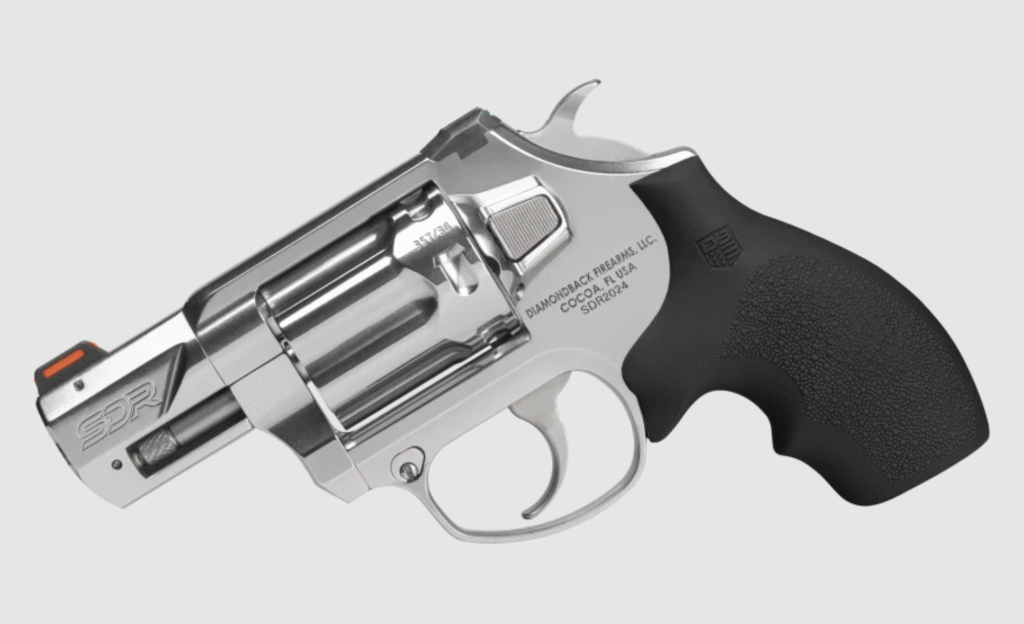Plenty of guys that perhaps have experience with firearms, but not hunting specifically, commonly ignore terminal ballistics. Terminal ballistics are what a bullet does, and does to its target, after it strikes it. Terminal ballistics is dictated by the cartridge’s bullet weight multiplied by its velocity to produce energy the raw kinetic energy and then factors the bullet’s construction in to dictate how the energy is delivered. I.E. if it penetrates well (into the vital body cavity) by holding together despite encountering tough mediums like bone.
In target shooting, terminal ballistics matters little. Paper or plastic are not that resilient and steel is just meant to be struck. In hunting, especially big game like tough wild boars, the cartridge and bullet chosen can spell the difference between dinner or a wounded animal (and possible injury to you).
In this video, Jeff Johnson tests several common cartridges and bullets (.300 Blackout subsonic & supersonic, .5.56, 9mm, and .243 Winchester) on a big wild boar to see what bullets would have killed the hog, and which would have wounded it. Although the autopsy may make you puke, the results may surprise you.
Advertisement — Continue Reading Below















